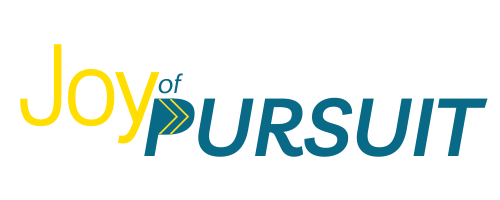The Impact of Leadership Styles: Proactive Planning vs. Reactive Response
Leadership is a pivotal element in the success or failure of any company. The approach a leader takes can significantly impact how effectively a team reaches its goals. Two primary leadership styles—proactive and reactive—offer distinct benefits and challenges. Understanding these differences is crucial for leveraging the best approach to achieve desired results.
Proactive Leadership is characterized by foresight and strategic planning. Proactive leaders anticipate challenges, set clear goals, and actively seek opportunities for improvement. This forward-thinking approach empowers leaders to shape the future of their businesses, ensuring they are prepared for whatever lies ahead.
Reactive Leadership, on the other hand, focuses on addressing immediate challenges as they arise. Reactive leaders are adept at making quick decisions, a skill that proves invaluable in crisis management. However, this approach has several pitfalls, including:
Creating a continuous cycle of urgent issues and constant crisis management.
Hindering sustained growth and adaptability due to a lack of strategic foresight.
Making companies more vulnerable to unforeseen challenges, due to lack of anticipation.
Limiting the development of long-term strategies and innovative solutions.
Increasing stress and burnout among team members due to constantly “putting out fires”.
Impacts on culture
Proactive leadership fosters a positive company culture where team members are not just participants but active contributors to the organization's success. When team members are inspired by a leader's strategic vision, they become more engaged in their work, motivated by a clear sense of purpose and direction. This engagement fuels innovation as employees feel empowered to explore new ideas and solutions. Moreover, proactive leaders encourage a culture of independence by equipping team members with the tools and confidence to anticipate and address challenges autonomously. This collaborative environment enhances productivity and cultivates a sense of ownership and pride among employees—leading to a more cohesive and thriving company culture.
In contrast, reactionary leadership can have detrimental effects on company culture. When leaders react to immediate challenges without a strategic vision, it creates a sense of uncertainty and instability among team members. The constant firefighting mode may lead to high stress levels and burnout, as employees constantly feel on edge and without clear direction. Moreover, the reactive approach often prioritizes short-term fixes over long-term solutions, stifling creativity and innovation within the team. This can result in a lack of motivation and engagement among employees, who may feel their contributions are not valued beyond solving immediate crises. Ultimately, a culture dominated by reactionary leadership may struggle to foster trust, collaboration, and a sense of shared purpose, impacting overall morale and hindering the organization's ability to adapt and thrive in the long run.
Strategic Planning: The Antidote to Reactiveness
Strategic planning is the catalyst that transforms a reactive leadership style into a proactive one. By making the time to set clear objectives, identify potential challenges, and develop a roadmap for success, leaders gain a comprehensive understanding of their organizational landscape. This enables them to navigate challenges with foresight and intention.
The Three Pillars of Strategic Planning for Proactive Leadership
Clear Vision and Goals: Articulating a compelling vision and setting clear, achievable goals provides a roadmap for the company and aligns the team towards a shared purpose.
Risk Assessment and Anticipation: Employing strategic planning to thoroughly analyze and identify potential risks and obstacles early, mitigating impacts and positioning the organization to seize emerging opportunities with confidence and resilience.
Resource Allocation and Optimization: Strategically allocating resources based on organizational priorities ensures their optimization for maximum impact, contributing to sustained growth.
Balancing Proactive and Reactive Approaches
While proactive strategies provide foresight and strategic direction, reactive approaches allow leaders to swiftly address immediate challenges as they arise. Effective leaders adeptly navigate between these approaches, leveraging proactive planning to anticipate and prepare for future opportunities and challenges, while also utilizing reactive responses to manage urgent situations in real time. This balanced approach optimizes resource allocation, enhances operational efficiency, and ultimately empowers organizations to achieve their goals with agility and resilience.
The impact of leadership styles—proactive and reactive—on organizational success cannot be overstated. Proactive leadership, with its emphasis on foresight and strategic planning, empowers businesses to anticipate challenges, set clear goals, and foster a culture of innovation and independence among team members. By contrast, reactive leadership, while adept at crisis management, can lead to a cycle of short-term fixes and missed opportunities for long-term growth. Strategic planning serves as a vital tool for transforming reactive tendencies into proactive strategies, ensuring organizations are well-prepared for both foreseeable obstacles and unexpected opportunities. By striking a balance between proactive foresight and reactive agility, leaders can cultivate a dynamic company culture that thrives on collaboration, innovation, and sustained success in today's competitive landscape.
Looking for more information on how leadership impacts culture? Check out The Retention Process: Create a Culture of Worth in the Workplace.
Welcome to Joy of Pursuit!
Pursuing your small business goals can be challenging.
Whether you are a company of one or have a team, I can assist you with building the small business of your dreams.







